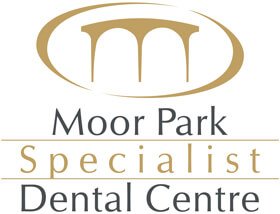Porcelain Veneers
What are the benefits of veneers?
FAQs for Veneers in Northwood
- The veneer case is first planned by doing a diagnostic mock-up on a set of models which have been taken of the existing teeth. This allows the patient, dentist and technician to plan and visualise the case before doing any active treatment on the teeth.
- The teeth are anaesthetised, just like for a filling.
- The teeth are then prepared. This involves reducing the outer front surface of the enamel by a minimum of 0.5mm and the tip of the tooth by 1mm. In cases where teeth are crooked or crowded it will be necessary to prepare more of the tooth for the veneers.
- An impression is taken of the prepared teeth.
- A provisional veneer is then fabricated and fitted to the teeth. These provisional veneers are secure and stable, and allow the patient to visualise and get used to the new tooth shape, position, length, alignment, shade and form.
- 2 weeks later the provisional veneers are removed (under local anaesthetic) and the new restorations are tried-in, checked and cemented in place. In highly demanding aesthetic cases it may be necessary to visit the laboratory to allow the technician to custom finish the veneers.
Veneers can be expected to last anywhere from 8-10 years. This does not mean that they all need replacing at 10 years. In fact, in most cases they last longer when well maintained and looked after. They will not suddenly become loose and start to fall off.
The most common failure or reason to replace and change veneers is due to the cement weakening and discolouring. This could manifest itself as a debonding of the veneers. In most cases if the veneer is intact it can just be recemented, but in some cases it may need to be replaced.
Teeth can move and change with time and gums can recede. This could be another reason to change veneers, as tooth movement and/or recession could compromise the aesthetic appearance of veneered teeth.
Any treatment on a tooth is traumatic and causes some inflammation of the nerve. This is usually transient and the tooth recovers well and settles down.
Preparation of a tooth for a veneer or crown is an invasive and irreversible procedure. Occasionally a tooth does not recover from a treatment and will require root canal treatment. Statistically 5–10% of teeth which are veneered or crowned will require root canal treatment in the first 10 years, following placement of the crowns or veneers in any way. This does not mean that the veneered or crowned tooth needs to be removed, but that the devitalised or infected nerve tissue is removed and treated. In veneered teeth this is done from the inner side of the tooth and so does not affect the veneer.

